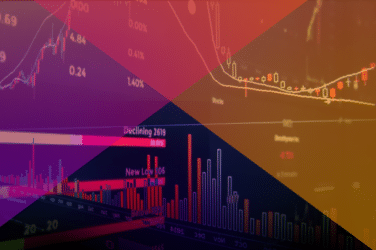Gaining credit exposure via exchange-traded funds has been a growing trend among institutional investors, but should ETFs be the go-to replacement for hard-to-source investment-grade and high-yield bonds?
According to the Credit Investing Beyond the Bond Market report recently published by industry research firm Greenwich Associates, about 9 in 10 of those surveyed for the study found that lower liquidity in the investment-grade and high-yield bond markets had some or significant impact on them implementing their investment strategies.
And with pension funds, endowments, and foundations slated to invest $120 billion with fixed-income asset managers in 2017 wrote the report’s author Kevin McPartland, head of research for market structure and technology at Greenwich Associates; those investments have to go somewhere.
McPartland cited index-, single-name, and total-return credit default swaps as well as index futures as fixed-income ETFs as alternative ways to gain credit exposure.
[broadstreet zone=”58119″]
Of all of them, ETFs have the lowest barrier-to-entry than CDSs and index futures. There is no need to establish a new clearing and reporting relationships for most firms.
The ETF market also boasts most of the same benefits of the cash equities markets regarding higher transparency, which leads to greater liquidity.
McFarland noted that the average daily volume for credit ETFs range from $645 million to more than $1 billion as well as the largest credit ETFs approach nearly $30 billion of assets under management.
However, as investments in credit ETFs continue to grow, their increased liquidity and their relative ease of entering and exiting positions also could make them attractive to principal trading firms. And as a result, credit ETF liquidity could appear far more liquid due to high-frequency trading strategies than if omitting the massive amount of canceled bids and offers associated with those strategies.
Given that the ADV of the largest credit ETFs constitute roughly less than a third of the ADV of the highly liquid issues that PTGs prefer, it might not be a problem for a while. Institutional investors just may find that dealing with PTGs may be less painful than dealing with the illiquid bond market.






